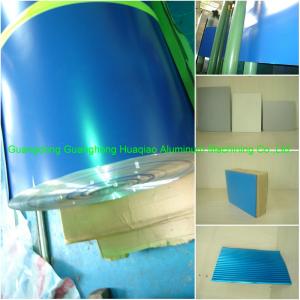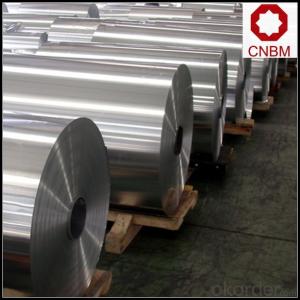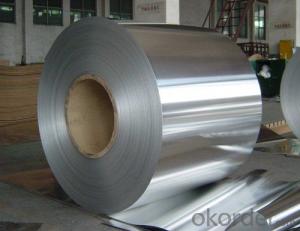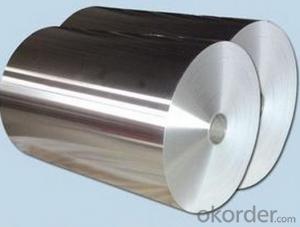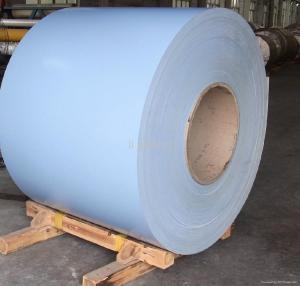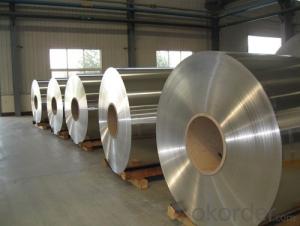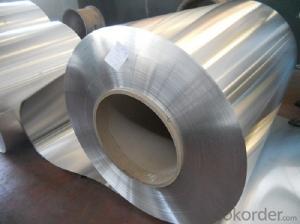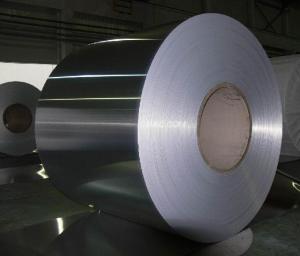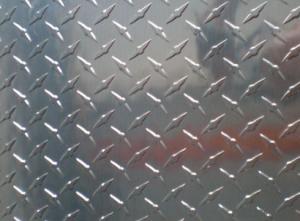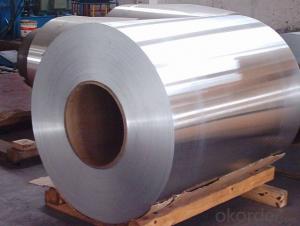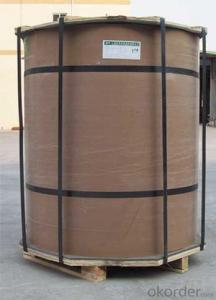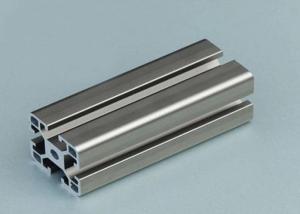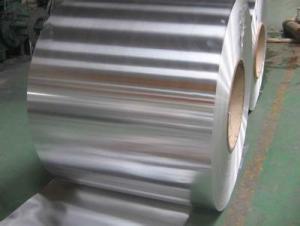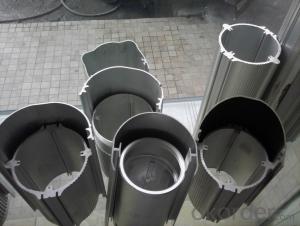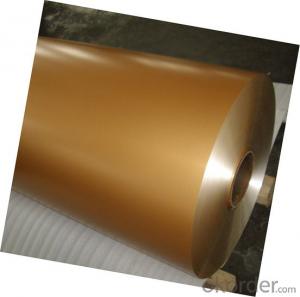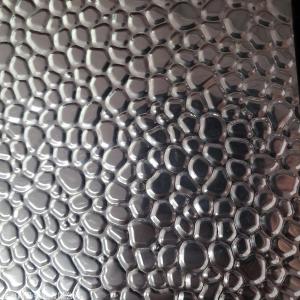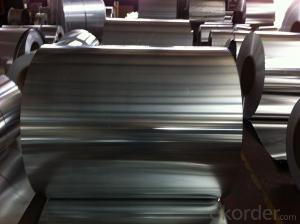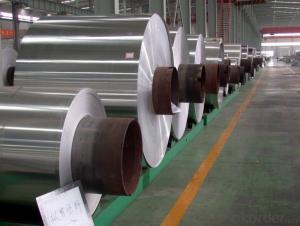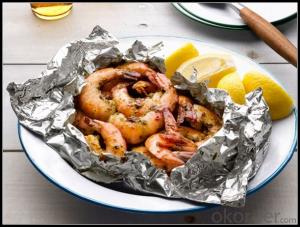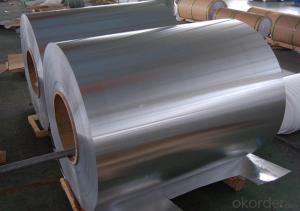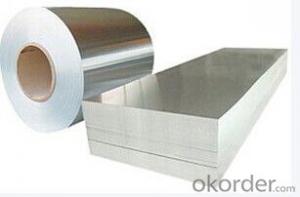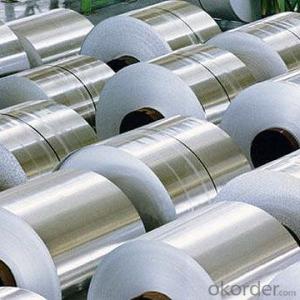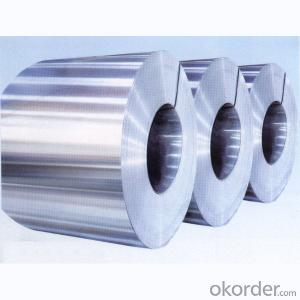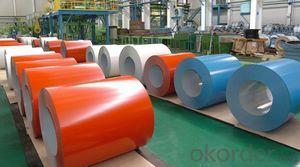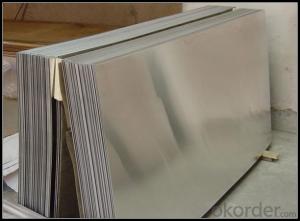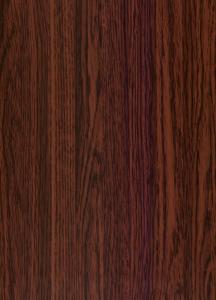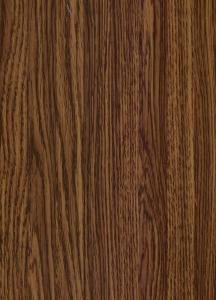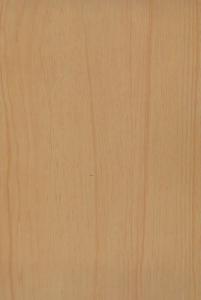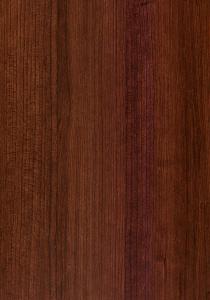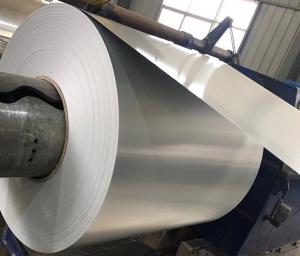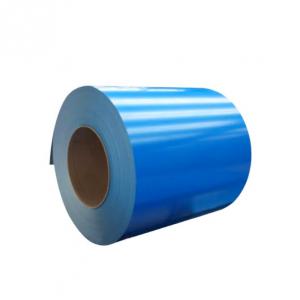6061 Aluminum Coil
6061 Aluminum Coil Related Searches
6061 Aluminum Alloy Plate Aluminum 6061 Plate Aluminum T6 6061 6061 Aluminum Stock Aluminum Plate 6061 6061 Aluminum Round Stock 6061 Aluminum Tooling Plate 6061 T6 Aluminum Plate 6061-T6 Aluminum Plate 6061 Aluminum Diamond Plate Bending 6061 Aluminum Plate 6061 T6 Aluminum Sheet 6061 0 Aluminum Plate T6061 Aluminum Plate 6061 Aluminum Angle Stock 6061 Aluminum Tread Plate 1/2 6061 Aluminum Plate 6061 Aluminum Bar Stock 6061 Aluminum Plate Thickness 6061 Aluminum Plate Price 6061 Aluminum Plate Suppliers 6061 Aluminum Round Bar Stock 1/4 6061 Aluminum Plate 6061 T651 Aluminum Plate 6061 Aluminum Plate For Sale Aluminum Shim Stock 6061 6061-T651 Aluminum Plate 1 2 6061 Aluminum Plate Metric 6061 Aluminum Plate 6061 Aluminum Plate 1 26061 Aluminum Coil Supplier & Manufacturer from China
6061 Aluminum Coil is a type of aluminum alloy known for its excellent strength, corrosion resistance, and workability. This alloy is widely used in various industries due to its versatile properties, making it a popular choice for numerous applications. The 6061 Aluminum Coil is particularly favored in the manufacturing of aircraft parts, automotive components, and other structural elements that require high strength-to-weight ratios and resistance to harsh environmental conditions.The 6061 Aluminum Coil is utilized in a broad range of applications, including but not limited to, construction, transportation, and consumer goods. Its ability to maintain its integrity under stress and in various weather conditions makes it an ideal material for outdoor applications, such as building facades, window frames, and transportation infrastructure. Additionally, its lightweight nature and resistance to corrosion make it a preferred choice for the production of marine equipment and components that are exposed to saltwater and other corrosive elements.
Okorder.com is a leading wholesale supplier of 6061 Aluminum Coil, offering a vast inventory to cater to the diverse needs of customers worldwide. With a commitment to quality and customer satisfaction, Okorder.com ensures that the 6061 Aluminum Coil they provide meets the highest industry standards. Their extensive stock allows them to promptly fulfill orders, making them a reliable source for businesses in need of this versatile and robust material.
Hot Products
